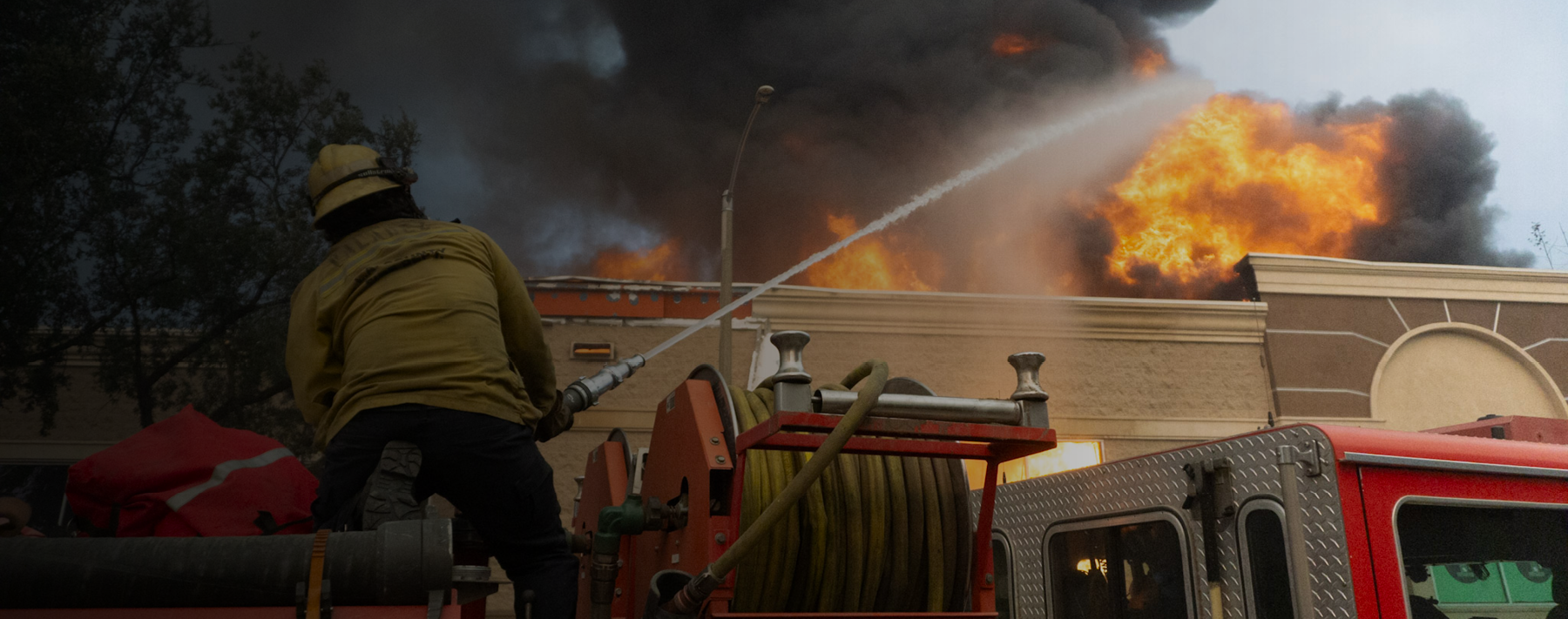On March 23, 2024, President Biden signed into law the Further Consolidated Appropriations Act (P.L. 118-47). This law provides funding to portions of the federal government for the remainder of fiscal year 2024, including fire-related programs and agencies through the Federal Emergency Management Agency (FEMA). Many Americans — me included — breathed a collective sigh of relief because the federal government didn’t shut down. Then details started to emerge that sent shivers down my back. Unfortunately, both the Assistance to Firefighters (AFG) and the Staffing For Adequate Fire and Emergency Response (SAFER) grant programs were cut by $36 million each in this backroom brokered deal to keep the government running for the rest of 2024.
It’s Time for Action
It is time to have a very frank conversation about what is happening to the very programs many of us fought to have established. We need to have this conversation now because AFG is scheduled to sunset as a program on September 30. If it is not reauthorized, it will simply vanish.
Those who oppose the AFG and SAFER grants generally do so along two basic arguments. The first suggests fire and EMS are local issues and are not the business of the federal government. The second claims billions of dollars have been poured into these programs without producing any significant changes. Let’s look at the second argument first.
eBook: 5 Common Grant Application Mistakes DOWNLOAD NOW
CLAIM 1: AFG and SAFER Failed Their Mandate
Almost everyone in fire and rescue agree the AFG and SAFER programs have played a crucial role in enhancing fire safety and emergency response capabilities. While it’s challenging to attribute specific reductions in fire losses and civilian deaths solely to this program, there is ample evidence that these FEMA-funded initiatives have positively impacted firefighting efforts.
- Equipment and Training: AFG grants have allowed fire departments to acquire essential equipment, such as personal protective gear, breathing apparatus and communication tools. Well-equipped firefighters can respond more effectively to emergencies, potentially reducing property damage and casualties.
- Enhanced Response Times: By funding training programs and enabling the hiring of additional personnel, AFG and SAFER grants contributed to quicker response times. Faster response can limit the spread of fires, prevent further damage and save lives.
- Community Risk Reduction: AFG supports community risk reduction initiatives, including fire prevention education, smoke alarm installations and outreach programs. In addition, educating the public about fire safety can prevent fires from occurring in the first place.
- Collaboration and Standardization: AFG encourages collaboration among fire departments and promotes standardized practices. When neighboring departments work together, they can respond more efficiently during large-scale incidents.
- Research and Data Collection: The program also invests in research and data collection related to firefighting. Understanding trends, causes of fires and effective strategies for fighting them helps inform policy decisions and improve resource allocation.
However, it’s essential to recognize that fire losses and civilian deaths depend on various factors beyond grant programs. These include building codes, public awareness and emergency response infrastructure. Grant programs like AFG and SAFER are just piece of the puzzle, but their impact is significant in bolstering firefighting capabilities and community resilience.
CLAIM 2: Fire and EMS Are Local Issues
I didn’t think we would have to go through this discussion again but here we are. There is a growing number of members in the House and Senate who continue repeating the phrase, “Fire and EMS are local issues and not federal issues.”
Last year we celebrated the 50th anniversary of America Burning. The America Burning report, a landmark study on the nation’s fire problem, presented 90 recommendations aimed at creating a fire-safe America. The report concluded that the U.S. needed a comprehensive approach addressing the challenges faced by the nation’s fire service.
One of the 90 recommendations was the establishment of a national grant program to fund the needs of fire and EMS. It took 27 years to get that grant program established. Now we are on the verge of losing it just at a time when prices for apparatus and equipment are skyrocketing.
It is time to have a very frank conversation about what is happening to the very programs many of us fought to have established.
What Can I Do?
Without further congressional action, the AFG and SAFER grant programs face termination on September 30, 2024. So, now is the time to take action to protect these programs. I know at times we all feel helpless about influencing the legislative process. I have two suggestions on how to help you overcome that feeling.
First several national fire service organizations will be heading to Capitol Hill on April 29 as part of the Congressional Fire Services Institute’s (CFSI) annual dinner and symposium. If you are going to be in Washington for that event, please join the CFSI in visiting your member of Congress and/or senator.
Second, if you can’t get to Washington on April 29, call your legislators’ local offices and schedule a meeting with them the next time they are back in their district. If that doesn’t work, ask to speak with their legislative aid. Express your concerns to them. Especially highlight any awards you may have received through AFG or SAFER and the positive impact they have had on your department and coverage area.
We need to take action now or we are going to lose these critical programs!
Not sure where to start? Lexipol’s team of expert grant writers, researchers and project managers can help your agency through custom grant solutions geared toward getting your department the funds it needs to meet its safety and wellness mandates.



